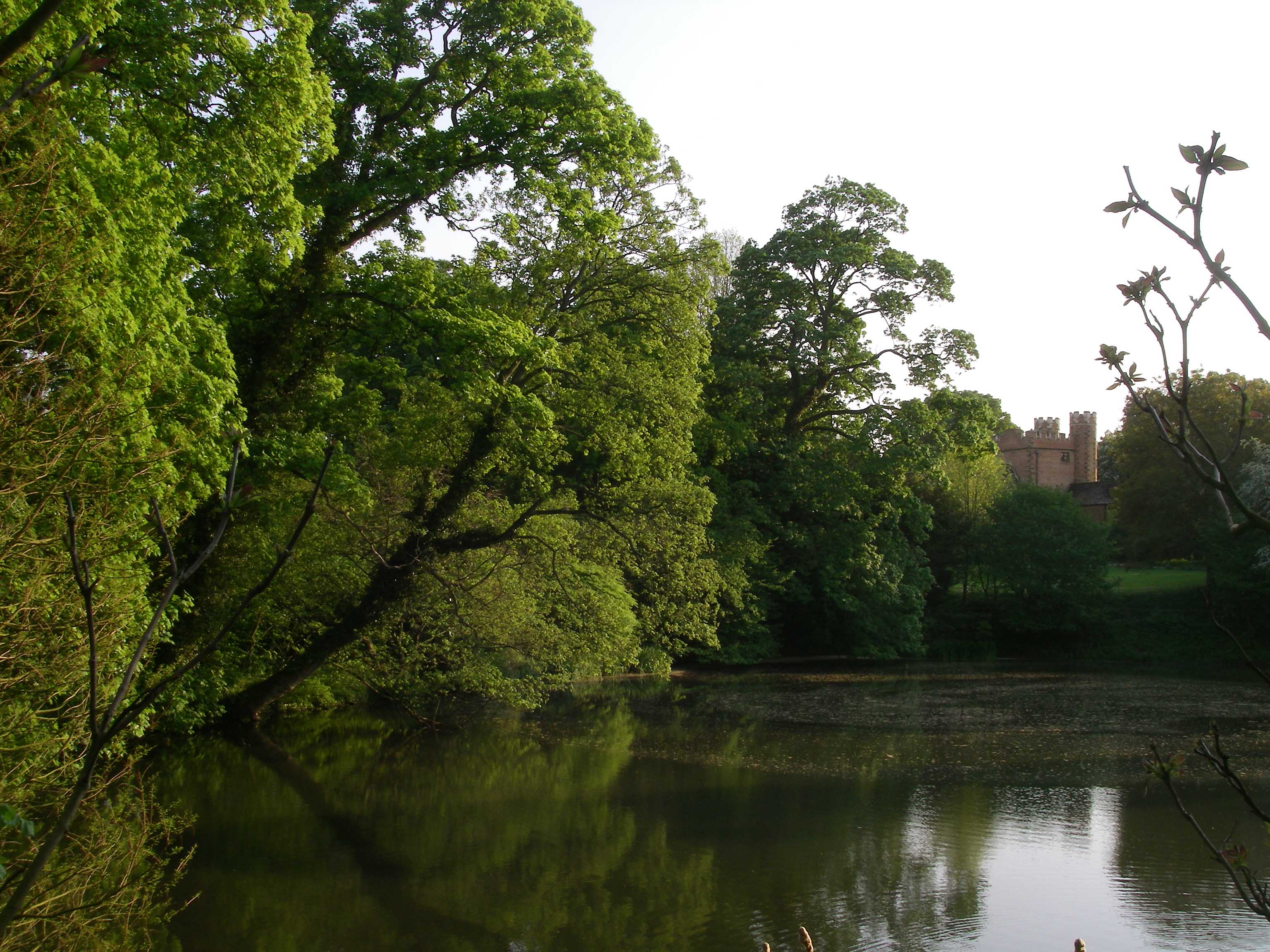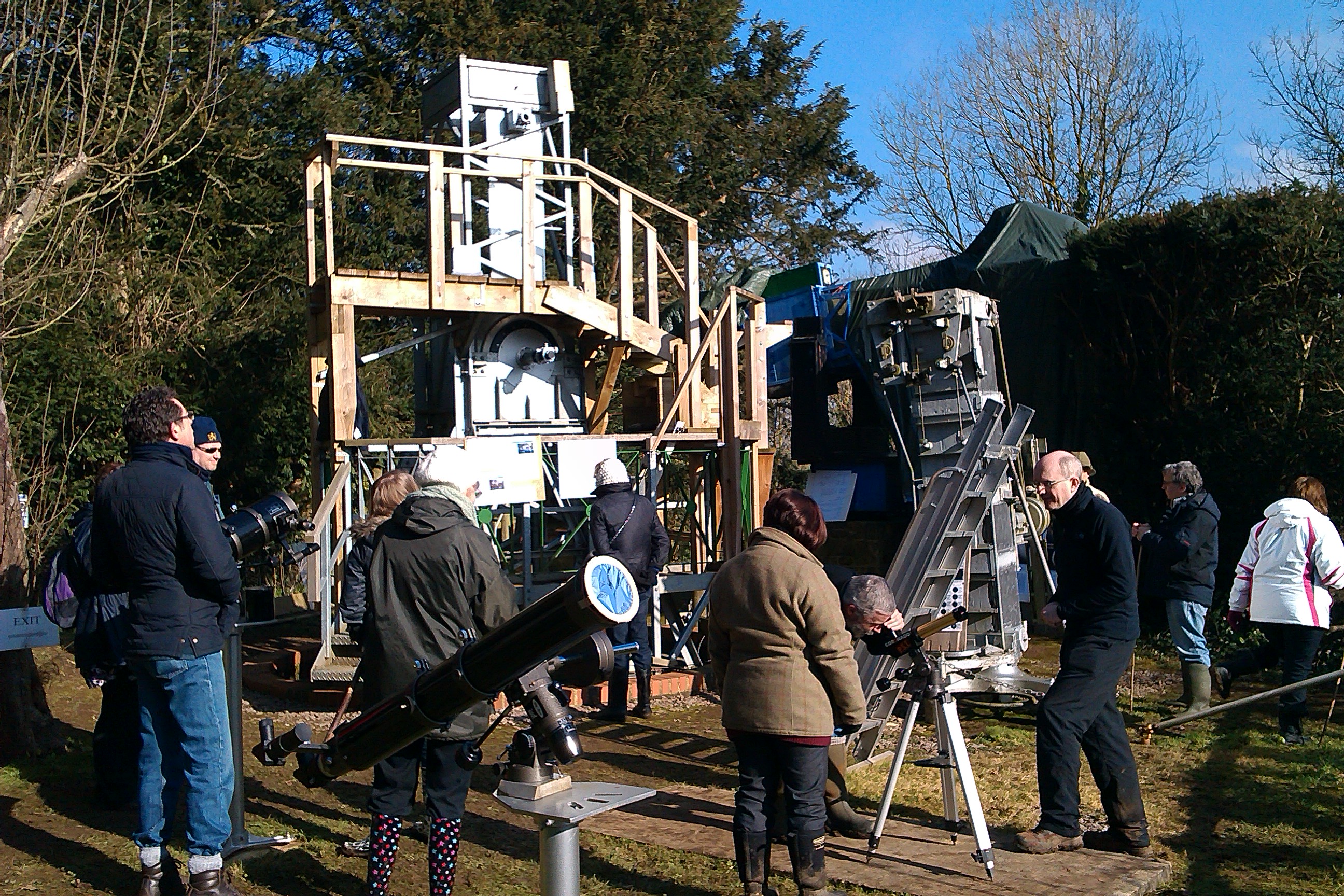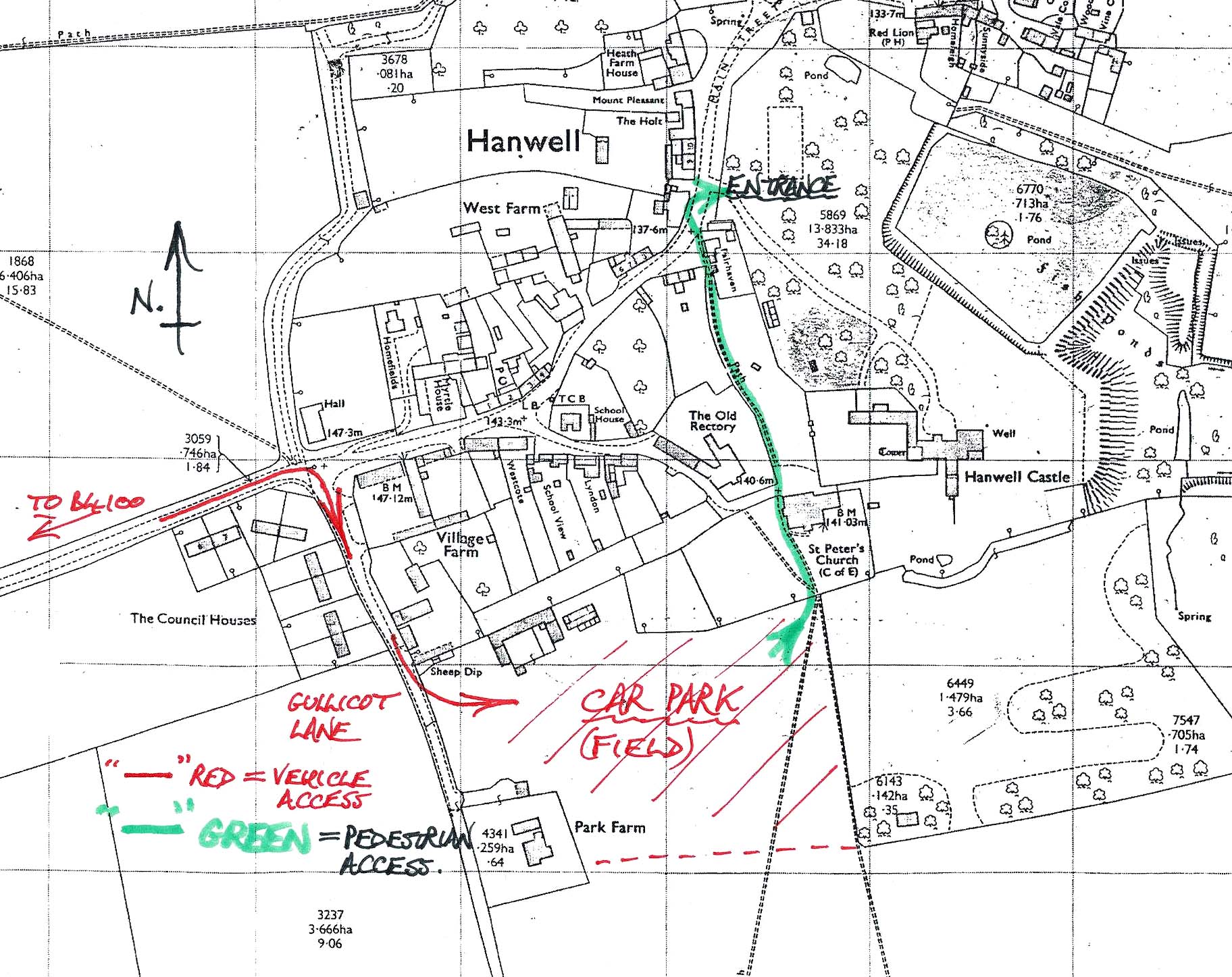Stars & Archaeology
Enjoy a woodland walk amongst our ancient castle grounds, follow the archaeology trail, talk to the astronomers and have an opportunity to look through astronomical telescopes, and then enjoy tea and cake in the sunshine. more...
Hanwell Castle, near Banbury, Oxfordshire
Saturday 25 September 2021 from noon - 6.00 pm
Sunday 26 September 2021 from 10:30 am - 6.00 pm
Adults: £5, Under 18s: £2, Under 5s: free
Teas in the garden: £3
Stout footwear is essential and, we regret, no dogs allowed except guide dogs.



More information
This event takes the same format as our popular annual open weekend, Stars & Snowdrops, opening the castle grounds and observatory to the general public.
No booking/tickets required, so just turn up whenever you like and pay for entry at the gate - we're open from noon-6pm on the Saturday and 10.30am-6pm on the Sunday.
The scenic woodland walk will take visitors around the ancient castle grounds, where they can follow the archaeology trail to find out more about the site's history. A warm welcome will await tired walkers at the house, with tea and delicious homemade cakes in the sunshine.
HCO members are on site all weekend to demonstrate the working of the telescopes and discuss the future of the Observatory project. A display of photographs shows the development of the project as well as astronomical images taken with HCO instruments. Members are very happy to give advice on buying or using telescopes. At the observatory we will have Coronado PST solar telescope delighting visitors with excellent views of solar flares and prominences.
Hanwell Castle is just 10 minutes from Banbury and parking will be available. Click here for directions...
Archaeology at Hanwell 2013 – 2021
In the winter of 2013 Stephen Wass and a team of volunteers began work on what was already known to be a neglected but unspoilt, unaltered landscape garden replete with interesting and in some cases peculiar features. The gardens had clearly been famous at various times and were visited by both James I and Charles I. The present owners, Rowena Archer – a medieval historian at Oxford - and Christopher Taylor, the director of Hanwell Community Observatory, had long believed that there was a major archaeological task to be done at Hanwell. The project that began in 2013 was largely driven by Robert Plot’s Natural History of Oxfordshire (1677) on account of its repeated references to the gardens of the Cope family at Hanwell – owners since 1498 – in particular the work of the ‘ingenious virtuoso’, Sir Anthony Cope (d.1675). Hanwell House had been built in the late fifteenth and early sixteenth centuries - a great quadrangular house comprising four towers and interconnecting ranges, stone on the inside and the very new material – red brick – on the outside.
Two major features that were at the centre of the references in Plot were a mill where Sir Anthony could grind corn, polish stones and bore cannon; and a ‘House of Diversion’ with extraordinary and complicated waterworks. The Mill remains an unsolved mystery but in 2018 the archaeologists uncovered the remains of a large octagonal building, some 50 feet in diameter. Out of the mud in front of the perimeter wall came the first of over 60 seventeenth century garden urns – mostly complete but crushed under the stones thrown down from that outer perimeter. This is a unique find of national, if not international importance. Who keeps garden urns – they get broken, go out of fashion, decay in the winter weather? But here, the destruction of the building on the site – surely the House of Diversion - paradoxically preserved these urns. Nothing remains of the ‘House’ which was almost certainly deliberately vandalised in the early 18th century, but the pots have lain here ever since, under a growing layer of soil deposits. Only one has emerged intact but another bears the date 1664. In addition, a collection of artefacts has been rescued from the site, including early wine bottles, fine goblets, window glass, parts of a fountain and pottery, all of the same era.
This has been an extraordinary project with endless surprises and excitements. Hanwell has welcomed many both young and old to join the dig, all under the leadership of Stephen Wass who is now writing up the whole story for a doctorate at the University of Oxford. The full story so far can be read at www.polyolbion.org.uk
There is still a huge amount of analysis, restoration and cataloguing to be done but key artefacts can be seen in the pop-up museum on open days when the whole Hanwell site can also be visited.
Directions
Exit M40 at junction 11. Following the signs for Banbury, go straight over the first two roundabouts. At the third roundabout turn right onto the A423. After 1.75 miles, turn left for Hanwell.
Parking will be available at the end of Gullicote Lane (OX17 1HQ) - see the map below for details.
We do ask visitors to be considerate if parking along the village street: please do not obstruct accesses to houses, private driveways, etc. We are very confident that the great majority of our visitors would never do such a thing but there have nevertheless been a few instances of this in the past. Your cooperation will be much appreciated.
Publicity
We often receive requests for copies of the poster to help publicise events. You can download a PDF copy here. We are really grateful for this support from the community, so thank you!



